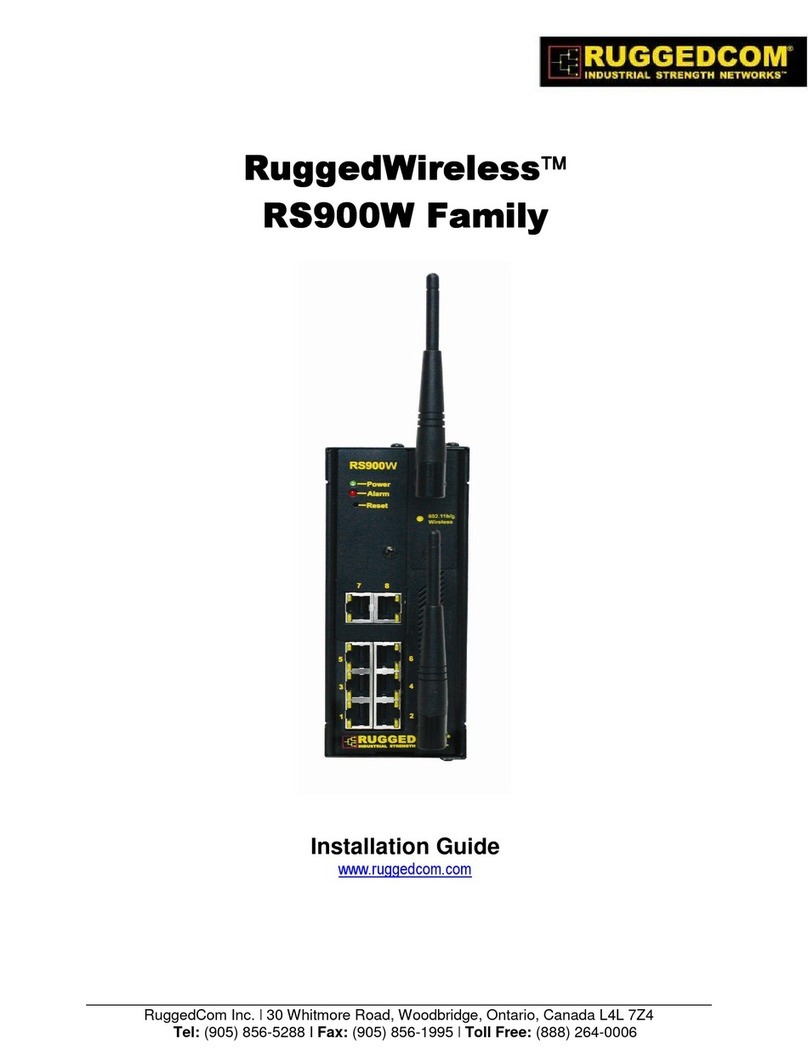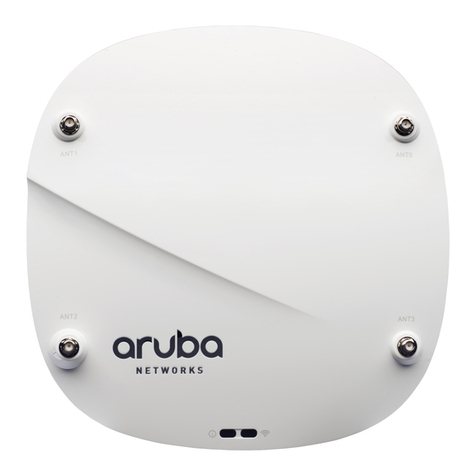
WiN5200 Table of Contents | 4
2.6.4 Scheduling ....................................................................................................................23
2.7 Physical Description...............................................................................................................24
2.7.1 Physical Interfaces Description................................................................................24
2.7.2 LED Indication Description........................................................................................25
Mounting ..............................................................................................................27
3.1 General......................................................................................................................................28
3.2 Site Survey................................................................................................................................28
3.3 Pole Mounting..........................................................................................................................29
3.4 Wall Mounting..........................................................................................................................29
Installation Procedure ........................................................................................30
4.1 Safety Hazards ........................................................................................................................31
4.2 Tools and Cables Required for the Installation ................................................................31
4.3 Installing the WiN5200...........................................................................................................31
4.3.1 Pole Mounting..............................................................................................................32
4.3.2 Wall Mount....................................................................................................................33
4.4 Cable Connections..................................................................................................................35
4.4.1 Installing the WiN1010 data adapter for WiN5200 ..............................................35
Equipment Configuration and Monitoring........................................................38
5.1 Configuring WiN5200 Basic Parameters...........................................................................39
5.2 Aligning the CPE Antenna.....................................................................................................41
5.2.1 CPE Antenna Alignment Procedure........................................................................42
5.2.2 Link Indication..............................................................................................................43
Management.........................................................................................................44
6.1 General......................................................................................................................................45
6.2 SW Download/Upgrade .........................................................................................................45
6.3 Web-page Management........................................................................................................46
6.4 SNMP Management...............................................................................................................50




























